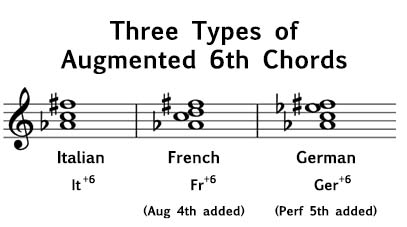Popular Music

Lesson 35 March 25th, 2022 Lesson 35 Lecture notes: The quaternary form is a song with four phrases . Each phrase is usually either four or eight measures long . If the phrases are eight measures each , the form would also be called the thirty-two-bar form . In this form, the first two phrases mostly always begin the same , differing only with an altered cadence when they're not entirely identical . The two phrases are followed by a contrasting section and then returned to the opening section . A visual example of the quaternary form is ( a a b a ). The ( b ) section is the contrasting section formally known as the bridge in this form. Quaternary songs can also be written in other designs such as ( a b a c ), which doesn't have a bridge , or ( a b c b ) and ( a b c a ), which utilizes ( c ) as the bridge . A refrain is a line or pair of lines that usually appear at the end of each verse with the same music and words . A refrain also inclu...

